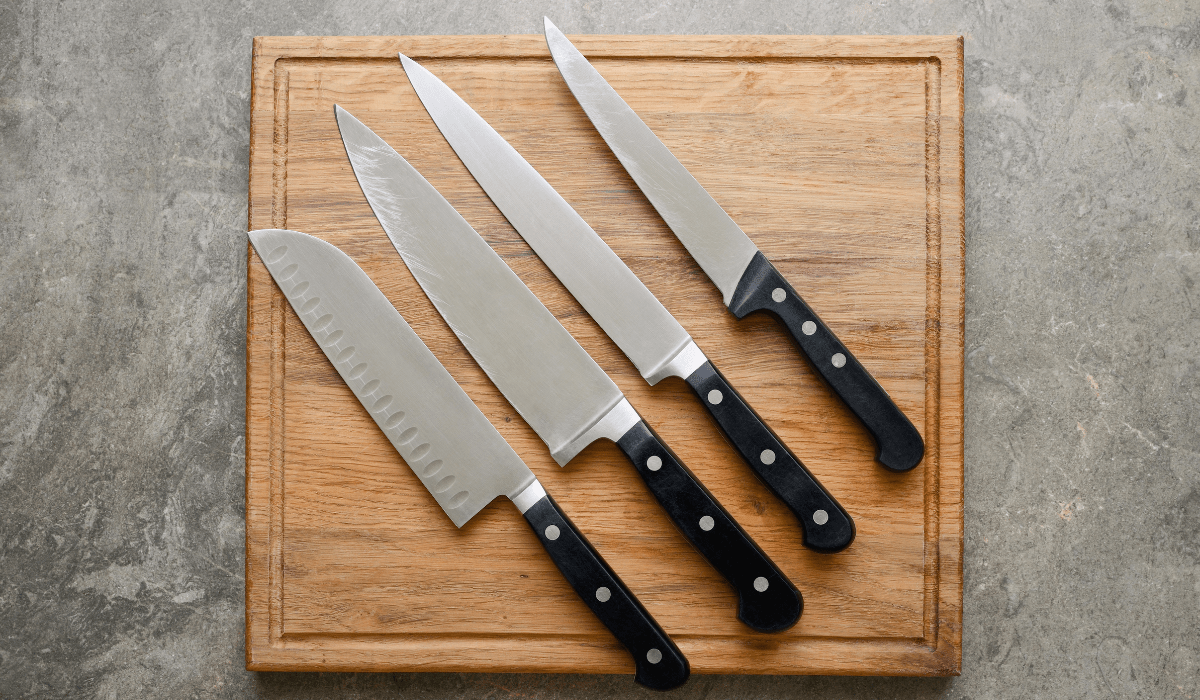Knife skills are fundamental to cooking, allowing you to transform ingredients with precision and ease. Whether you’re chopping, slicing, dicing, or mincing, mastering basic knife cuts is essential for enhancing the flavor, texture, and presentation of your dishes. In this tutorial, we’ll explore the principles of proper knife technique and provide step-by-step instructions for mastering common cuts. With practice and patience, you’ll develop the confidence and proficiency needed to tackle any recipe like a professional chef.
Region and History
Knife skills have been honed and refined by culinary traditions around the world, with each culture bringing its own techniques and practices to the table. In regions like France and Japan, knife skills are considered an art form, with chefs undergoing rigorous training to perfect their craft. Traditional dishes from these regions often require precise knife work, highlighting the importance of proper technique in achieving optimal results. Today, the principles of good knife skills are universally recognized and valued, transcending cultural boundaries to empower home cooks and chefs alike.
Ingredients
To practice knife skills, gather the following ingredients:
- A variety of vegetables such as carrots, onions, bell peppers, and tomatoes
- Fresh herbs like parsley, cilantro, or basil
- Proteins like chicken breasts or tofu (optional for advanced cuts)
Instructions
Basic Knife Cuts
1. Julienne (Matchstick)
- Start by trimming off the ends of the vegetable to create a flat surface.
- Cut the vegetable into thin slices, approximately 1/8 inch thick.
- Stack the slices and cut them into thin strips, similar in size to matchsticks.
2. Dice (Small Cubes)
- Begin by halving the vegetable lengthwise.
- Place the flat side down and make parallel cuts across the length of the vegetable, keeping the slices close together.
- Rotate the vegetable 90 degrees and make perpendicular cuts to create small cubes.
3. Brunoise (Fine Dice)
- Follow the same steps as for dicing, but make the initial parallel cuts even closer together to create smaller pieces.
- Take your time to ensure uniformity in size for a professional presentation.
FAQ
Why are proper knife skills important in cooking?
Proper knife skills are essential for efficient and safe cooking. Mastering basic cuts allows you to work more quickly and accurately, leading to consistent results and better control over the texture and appearance of your ingredients.
How can I improve my knife skills?
Practice is key to improving your knife skills. Start by mastering basic cuts and gradually challenge yourself with more advanced techniques. Focus on proper grip, hand positioning, and blade control to build confidence and proficiency.
What type of knife should I use for different cuts?
Different knives are suited for different tasks. For example, a chef’s knife is versatile and can be used for most cutting tasks, while a paring knife is ideal for precision work and smaller ingredients. Choose the right knife for the job to achieve the best results.
How do I maintain and sharpen my knives?
Regular maintenance is essential to keep your knives sharp and in good condition. Use a honing steel to realign the blade edge between uses, and sharpen your knives with a whetstone or knife sharpener as needed to maintain their sharpness.
Conclusion
Mastering basic knife skills is a fundamental step toward becoming a confident and proficient cook. By understanding the principles of proper technique and practicing common cuts, you’ll gain the skills and confidence needed to tackle any recipe with ease. Whether you’re julienning vegetables for a stir-fry or dicing onions for a soup, the principles of good knife skills will serve you well in the kitchen. So grab your knife, sharpen your skills, and embark on a culinary journey filled with precision, creativity, and delicious results.

